14 Fashion Rules From The ’50s That Controlled Every Outfit
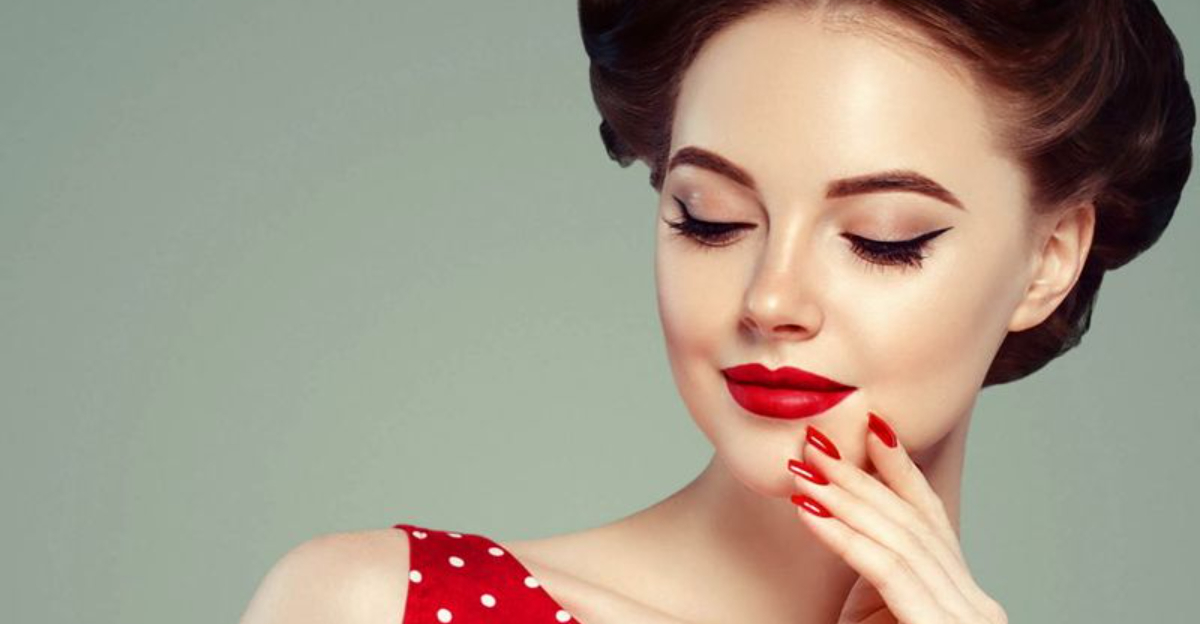
Ah, the fabulous 1950s—when style wasn’t just suggested, it was practically law. It was an era where red lipstick was a daily essential, gloves weren’t just for warmth, and heaven forbid your slip showed in public!
I recently flipped through my grandma’s photo album, and let me tell you, those pages were dripping with equal parts glamour and strict sartorial commandments. She rocked every rule like a pro—no white shoes after Labor Day, hats at church, and never, ever leaving the house without looking “presentable” (even just to grab milk).
And don’t get her started on the horrors of mismatched handbags and shoes! Back then, fashion was a full-time job and everyone took it seriously.
So buckle up, buttercup, because we’re about to take a delightful, crinoline-filled stroll through the ironclad fashion rules of the 1950s—some iconic, some questionable, but all served with a wink, a waist cincher, and a whole lot of charm.
1. Always Wear a Slip Under Your Dress
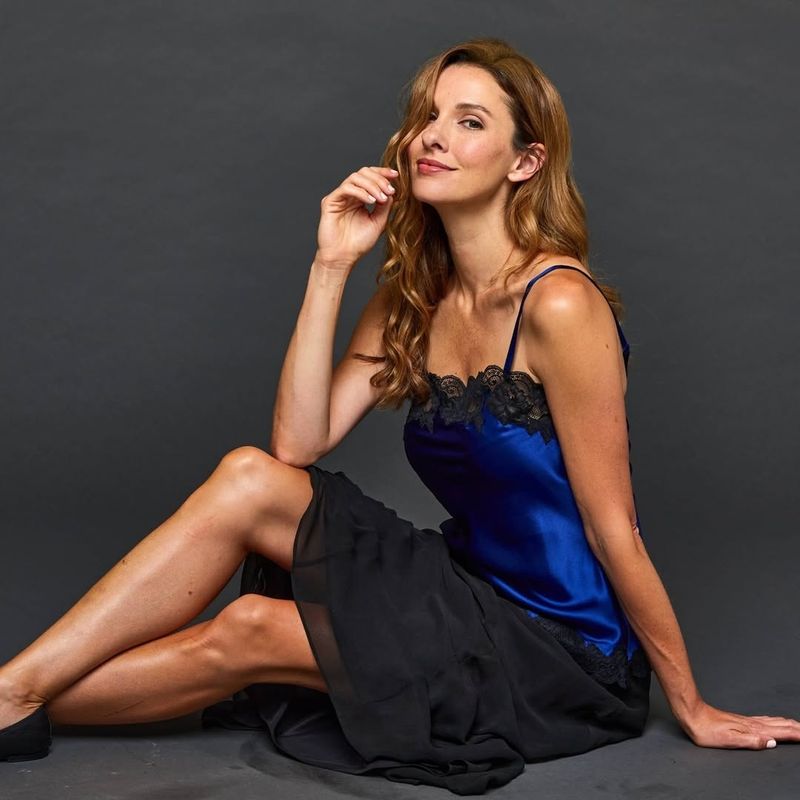
Slips were non-negotiable in the fifties—think of them as the unsung heroes of modesty. Without one, a dress could cling in all the wrong places, revealing more than a simple blush could cover. I remember my grandma telling me how she once left home without a slip, and the shockwave it sent through her bridge club was akin to announcing a Martian invasion.
These silky wonders smoothed out any unseemly lines and shielded one’s modesty from sunlight, which was a notorious ally of embarrassment back then. It’s akin to sunscreen for your dignity, minus the SPF.
The best part? Slips were often embroidered or lace-trimmed, adding a touch of secret glamour hidden beneath those full skirts. Who knew the most important layer was the one you hoped no one would see?
2. Matching Your Handbag to Your Shoes Was the Law of the Land
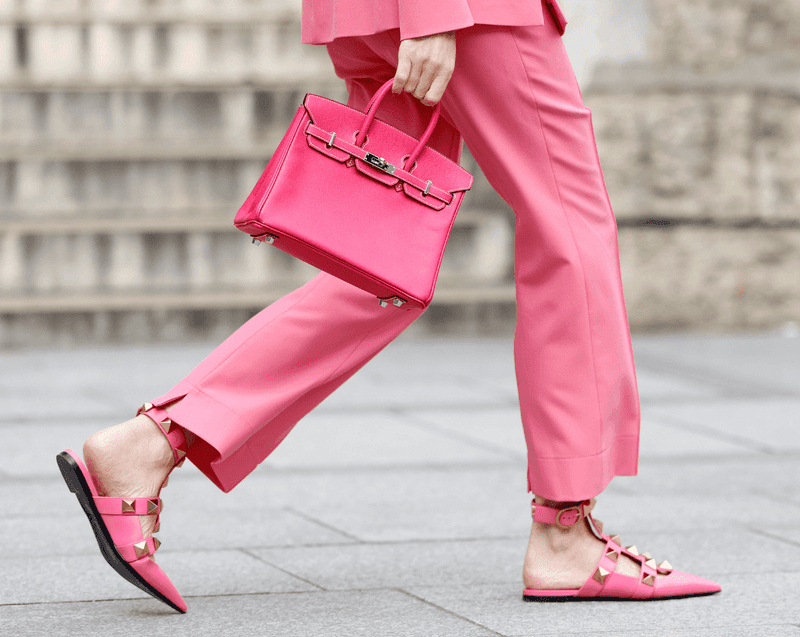
In the 1950s, stepping out with mismatched shoes and handbag was akin to trying to parallel park a Cadillac with a blindfold on—simply unthinkable. Brown shoes? Better dig out that brown bag, or risk a disapproving glance from Mrs. Jenkins next door.
This rule was so deeply ingrained that even a color-blind squirrel could coordinate better than someone breaching this sacred fashion law. My mother once told me of the time she dared to carry a black purse with navy shoes—she swore she heard gasps echoing down the street.
But these stringent rules did have a silver lining—less time spent agonizing over accessories meant more time to practice that perfect victory roll hairstyle. Who knew color coordination could be so liberating?
3. Never Leave the House Without Stockings
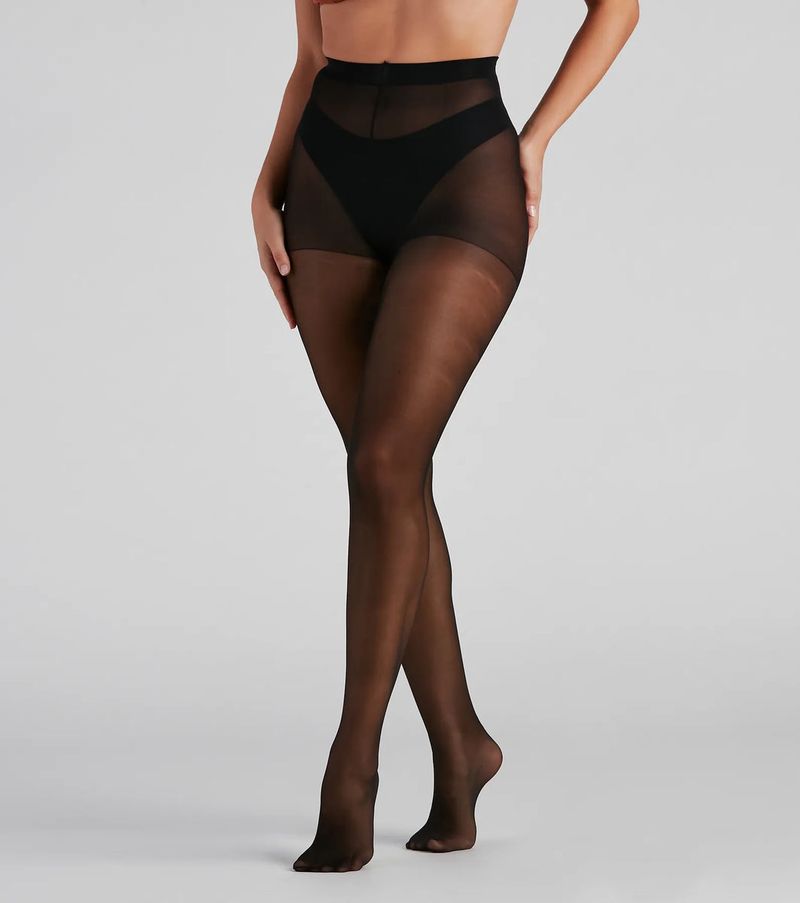
Imagine the horror of bare legs! In the fifties, stockings were as essential as your morning coffee, except they were a lot less energizing and a lot more constricting. Summers didn’t grant you a reprieve; it was more a case of sweat it out with elegance.
The agony of enduring a run in your stockings was comparable to discovering a scratch on your shiny new Chevrolet. I recall my grandmother’s tales of emergency dashes to Woolworths whenever a snag threatened her hosiery repertoire.
Stockings managed the impossible, adding a veneer of elegance to even the most mundane errands. Because heaven forbid you should be caught bare-legged while buying a pint of milk!
4. Casual Pants Were Only for Home or Yard Work (If That)
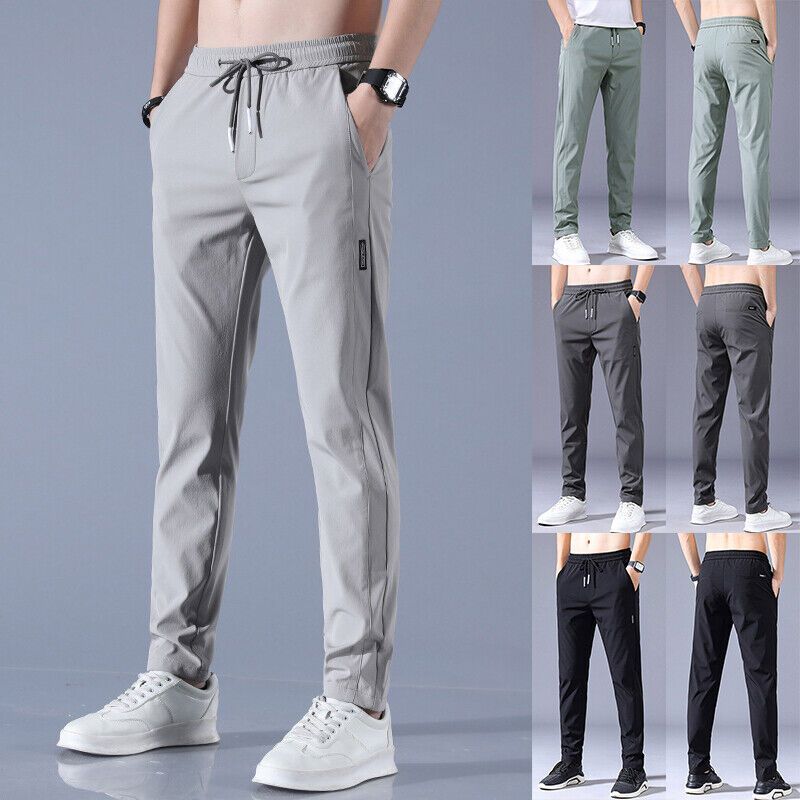
Pants in public for women? Scandalous! Well, not entirely, but you’d need a daring spirit akin to Amelia Earhart to pull it off. For the majority, pants were strictly for the confines of one’s backyard, as if stepping out might result in being mistaken for a mechanic.
My aunt, a true trailblazer, once wore pants to pick up groceries. The neighborhood buzzed with such fervor; you’d think she was planning to barnstorm the local church.
Yet, despite the societal pressure, those who embraced the pant life at least had the last laugh in comfort and practicality, especially when chasing after little Jimmy as he made a break for the neighbor’s dog. A true unsung hero of the wardrobe!
5. Gloves Were Part of a Proper Ensemble

If you weren’t wearing gloves, were you even dressed? From church to the supermarket, gloves were the quintessential accessory that whispered class and sophistication. My grandmother used to say gloves were like social armor—always ready for a handshake or holding a cup of tea with grace.
It wasn’t just about wearing gloves; it was about them being the right pair. White gloves for Sunday service, shorter ones for casual outings. The look was incomplete without them, like a sundae missing its cherry.
The ritual of slipping on those gloves reminded many women that they were ladies, dammit, even while navigating the chaos of post-war life. Because the world might be unpredictable, but at least your ensemble could remain unshakably composed.
6. Men’s Undershirts Were Non-Negotiable

Undershirts were the unsung heroes of men’s fashion. Without one, a dress shirt was just a shirt, and gentlemen of the time wouldn’t dream of such indecency. My dad used to joke that an undershirt was his barrier against the world’s chaos – and sweat stains.
These cotton companions were a staple in every wardrobe, offering a layer of comfort that was as crucial as a stiff drink after a day of work. And let’s face it; a well-fitted undershirt could make even the skinniest chap feel like Marlon Brando.
The undershirt was a gentleman’s handshake to the world, signaling readiness for whatever lay ahead. Because while clothes might make the man, it was the undershirt that set the foundation.
7. No Hats Indoors, Unless It Was a Fascinator
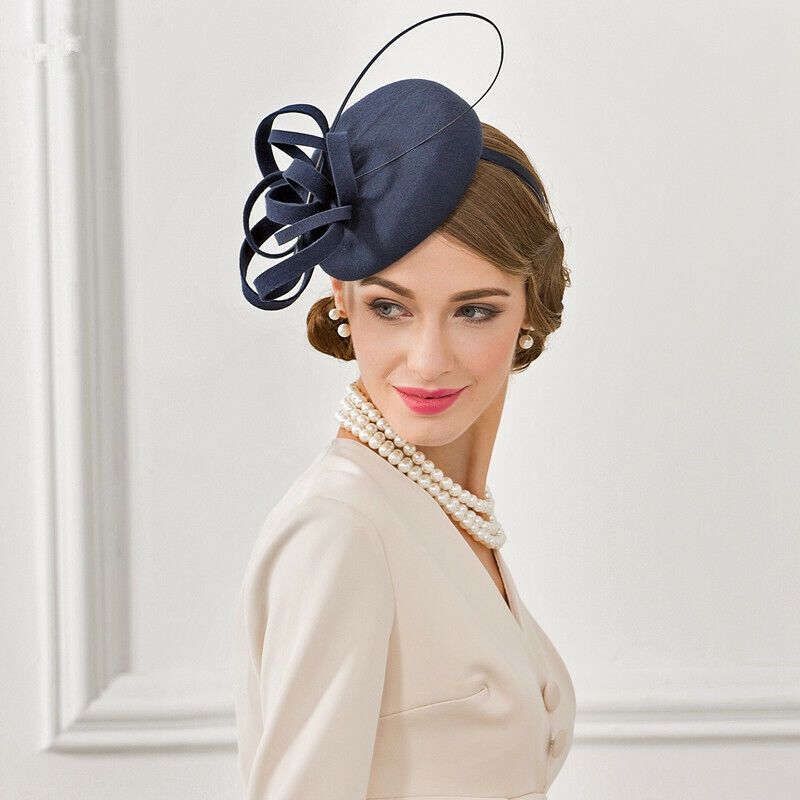
Hats were like punctuation; they completed the sentence that was your outfit. But woe betide anyone wearing them indoors—unless you were a woman with a fascinator. Picture this: a room full of men hurriedly doffing their hats like a synchronized wave at a baseball game.
My grandpa would always tell us how he made it a point to remove his hat immediately upon entering a building, lest he incur the wrath of the hat police—aka his mother-in-law.
As for the ladies, fascinators provided a delightful escape from this rule. Tiny, ornate, and utterly charming, they perched atop hairdos like birds ready to take flight. The perfect blend of fashion and function, in a world that seemed to demand both at every turn.
8. Girdles Were Practically Mandatory
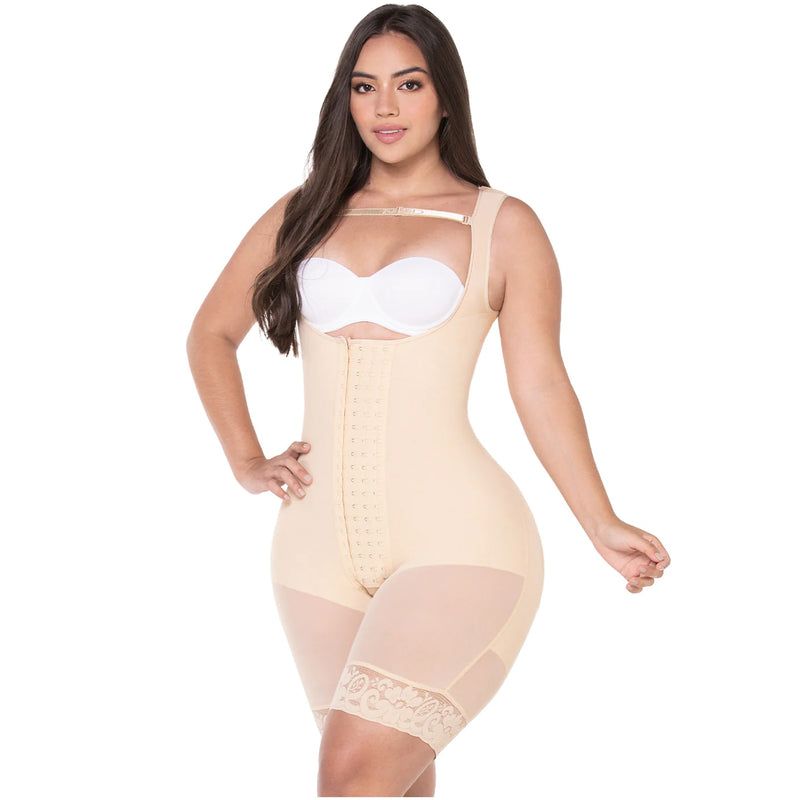
Ah, the girdle—every woman’s secret weapon in the battle for the hourglass figure. If comfort was a city, the girdle was its distant cousin from out of town. My grandmother would recount tales of the daily wriggle into these contraptions, akin to wrestling a python.
But it wasn’t all struggle and strife. The girdle offered a sculpted silhouette, smoothing out any rebellious curves. It was the secret to achieving a figure that would make a Grecian statue envious.
For many, girdles were the unsung heroes, holding it all together—literally—while navigating the complexities of life, love, and the latest dance craze. Because in a world insisting on perfection, the girdle was your steadfast accomplice.
9. Dressing “Too Young” or “Too Old” Was Frowned Upon
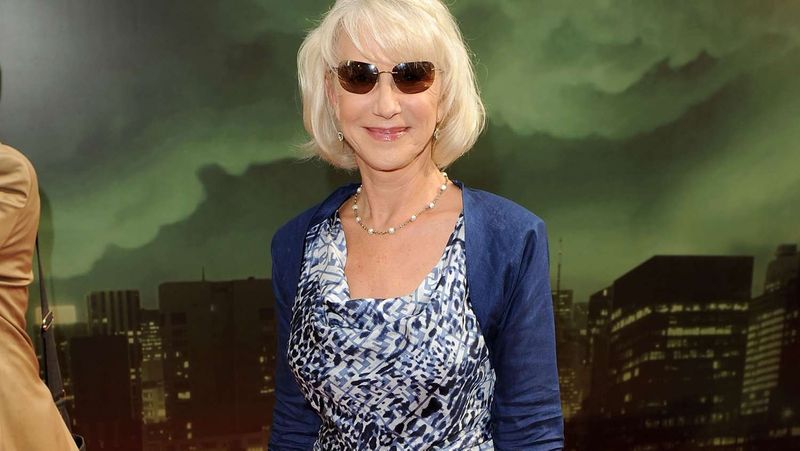
Heaven forbid you should dress outside your age bracket in the ’50s! Poodle skirts were the domain of the young and carefree, while tailored suits and pearls graced the wise and worldly. My mom once tried wearing her older sister’s dress. The scandal! You’d think she wore a Halloween costume to church.
This rule of thumb was less about stifling individuality and more about maintaining decorum. Fashion was a rite of passage, marking transitions from carefree youth to dignified adulthood with a few outfit changes in between.
But boundaries were meant to be pushed, and every now and then, someone would don a pair of saddle shoes or a string of pearls in defiance. A silent rebellion wrapped in fabric.
10. You Needed a House Dress, Even if You Weren’t Leaving the House
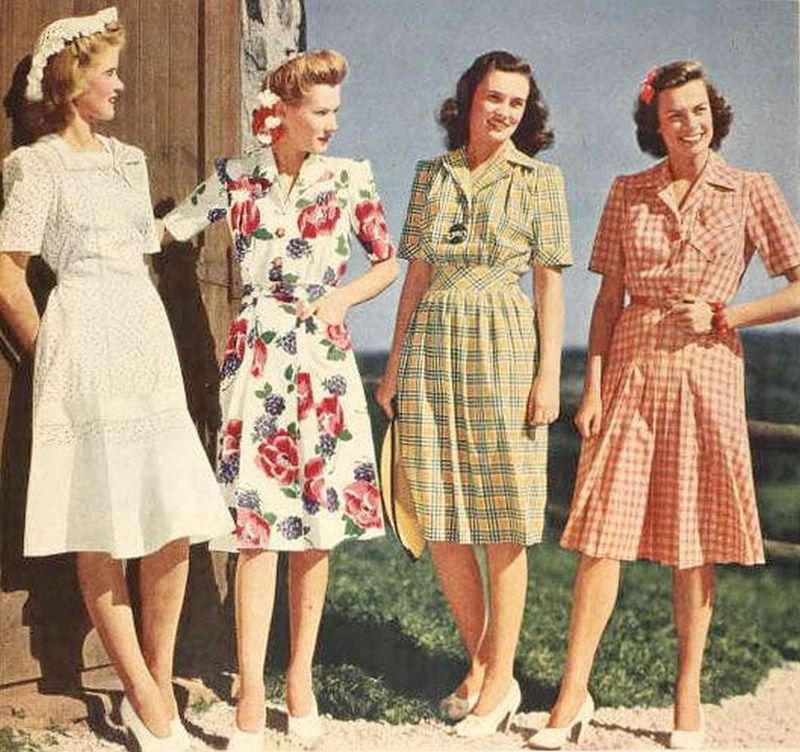
The house dress was the unsung hero of domestic life. Comfortable yet stylish, it was the answer to unexpected visitors and the occasional dash to the market. My great-aunt Betty swore by hers, even while baking pies or dusting the mantle.
It was about striking a balance between comfort and readiness, for one never knew when the milkman might show up or a neighbor could drop by for a cup of sugar.
In a world preoccupied with appearances, even the humble house dress managed to stand its ground in the fashion arena, reminding everyone that style need not be sacrificed for domesticity. You could conquer the household while looking like you just stepped out of a catalog.
11. Men Were Expected to Wear a Hat With a Suit, Always

In the fifties, a man without a hat was like a knight without his armor. Fedoras, trilbies—they weren’t just accessories; they were essential components of a man’s sartorial arsenal. My grandfather wore his like a badge of honor, tilting it just so.
Hats were more than just headgear; they were statements of class, sophistication, and respectability. The act of tipping one’s hat was imbued with a kind of chivalry that made even the most mundane greetings feel grand.
It’s said that a gentleman could be judged by the state of his hat. And in a world that demanded men be gentlemen at all costs, the hat was the crowning glory of any outfit, sealing the deal with a nod and a tip.
12. Women Wore Makeup, Even for Errands

Even for a venture to the corner store, a woman in the fifties wouldn’t dream of leaving the house without makeup. Lipstick, powder, a touch of rouge—these were as essential as car keys. My grandma would tell us stories of how she’d never even open the front door without her “face” on.
It wasn’t about vanity; it was about presenting one’s best self to the world at all times. After all, what if you ran into your high school rival while picking up groceries?
Makeup was the silent confidante of many a woman, offering the courage to face the day, even if that day involved nothing more than a quick trip to the butcher. Because in a society where appearances mattered, makeup was every woman’s trusty ally.
13. Shoes Were Polished — Always
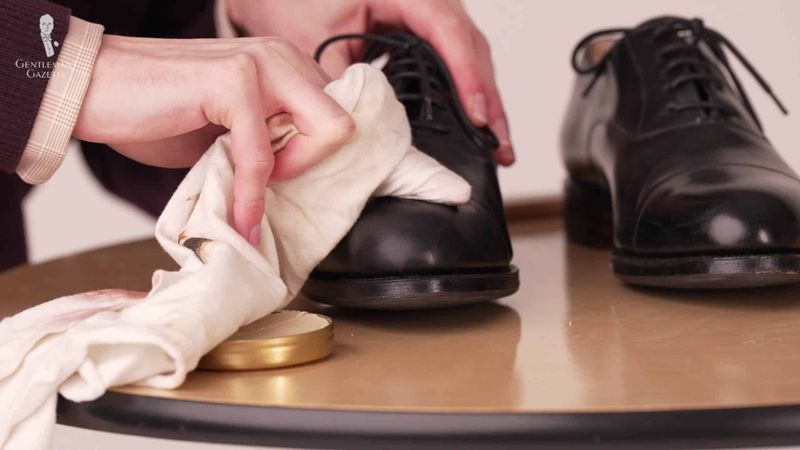
A shoe in need of a shine was no better than a car with a dented fender. You simply did not step out with scuffed shoes. Polishing was practically a ritual, as much a part of one’s routine as breakfast.
My dad had a shoe shine kit that was more sacred than his Sunday best. He’d insist that the state of your shoes spoke volumes about your character.
In a world where first impressions were often lasting ones, polished shoes were your passport to respectability. They lent an air of dignity and discipline, one well-shined surface at a time. After all, a polished shoe hinted at a polished life.
14. You Dressed for Dinner (Even at Home)
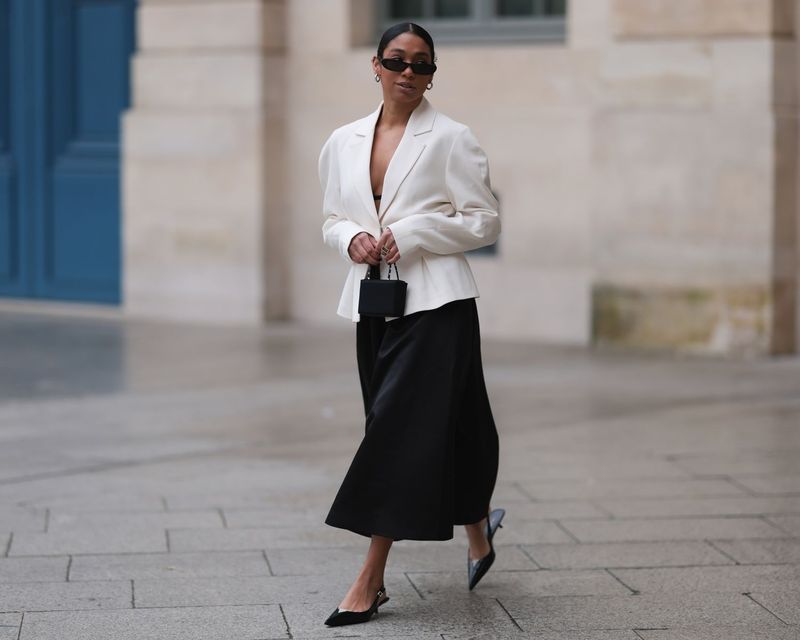
Dinner wasn’t just a meal; it was an event. And events required a certain level of dress. Whether you were dining on filet mignon or meatloaf, you donned your best, as if expecting the Queen herself to drop by.
My mom once described dinner as the stage where the day’s stories were told. Dressing up was about respect—both for the meal and for each other.
In the fifties, a well-dressed dinner was the glue that held the family together, a sacred ritual that underscored the importance of family and tradition. Because in a world where the days could be chaotic, dinner was a moment of calm and unity.
